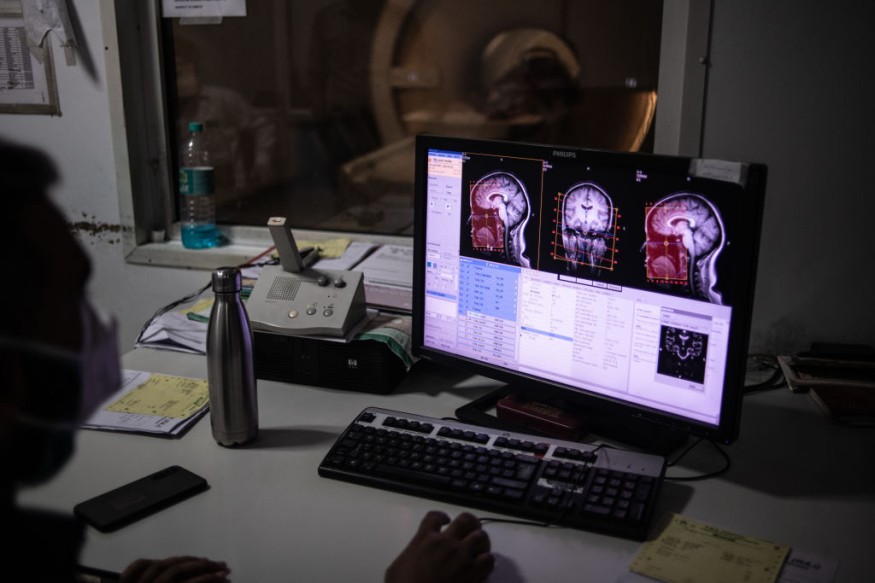A new imaging technique recently clearly revealed the source of the breathing problem of a person as a post-COVID symptom.
While COVID-19 vaccines have saved millions of lives worldwide by lessening the overall severity of the illness, almost one in ten of those who recovered are still ending up with continuing symptoms after the initial infection has passed, a ScienceAlert report specified.
New Imaging Technique Starkly Reveals The Source of Long COVID in The Lungs https://t.co/IHnzqqXiac
— ScienceAlert (@ScienceAlert) June 30, 2022
These patients are presenting with a staggering collection of more than 200 symptoms, including diarrhea, dizziness, fatigue, breathlessness, and debilitating brain fog, which can remain for months, or even years.
Frustratingly, even long COVID patients who describe breathing-related problems are exhibiting normal outcomes on standard clinical breathing tests, according to St. Joseph's Health Care London's Michael Nicholson.

Post-COVID Syndrome
The findings of the study published in the Radiology journal, Nicholson explained, enabled them to show that there was a psychological effect on the lungs of patients that was linked to their symptoms.
The scans indicate that the extensive impairment having COVID-19 can result in the delicate respiratory organs. Whether it is the virus itself, or the response of the body to it, some mechanisms have efficiently pruned the function of the lung vessels of the patients, lopping off many of the tiniest ones where the all-essential gas exchange occurs.
The study authors, led by Western University Alexander Matheson, a physicist, instructed 40 volunteers, 34 who have post-acute COVID-19 syndrome and six who don't have it, to breathe in a polarized xenon gas isotope.
Essentially, the gas resonates at a signature frequency under MRI, enabling scientists to observe the tiny airways' activity and the blood vessels in real-time.
The Transition of Oxygen in Red Blood Cells
According to medical biophysicist Grace Parraga from Western University, for people who are symptomatic post-COVID, "even if they had not had a severe enough infection to be hospitalized," they're seeing this irregularity in the exchange of oxygen throughout the alveolar membrane into the red blood cells.
She added that they saw on the MRI that the transition of the oxygen into the red blood cells was depressed in the symptomatic patients suffering from COVID-19 compared with healthy volunteers.
Since flu symptoms are the most evident and typical signs of COVID-19, it is frequently dismissed as just another respiratory syndrome although the virus is a vascular disease. This means that it can interfere with the circulatory system.
The MRI scans reflect the vascular impairment. More so, the CT scans confirm the abnormalities in the most delicate blood vessels in the lungs.
More so, a previous study has already shown a change in blood distribution from tinier to larger blood vessels within the lungs of hospitalized COVID patients.
Alteration in Gas Exchange
The researchers have proposed a similar New Atlas report that said, "several potential mechanisms for the alteration in gas exchange they witnessed, represented in the diagram included in the research.
The vessels may be losing their flexibility which is reducing the amount of blood available for xenon to bind new blood flow patterns because of changes in vessels elsewhere, may be shunting the blood far from the gas exchange regions, or there is a physical stoppage that prevents the blood from getting there.
Related information about the COVID effect is shown in Washington Post's YouTube video below:
Check out more news and information on COVID-19 in Science Times.
© 2025 ScienceTimes.com All rights reserved. Do not reproduce without permission. The window to the world of Science Times.











